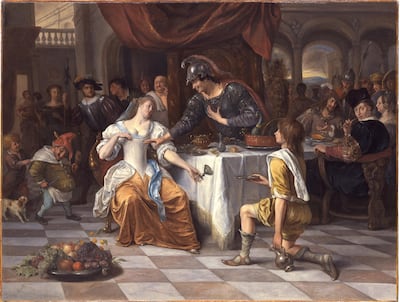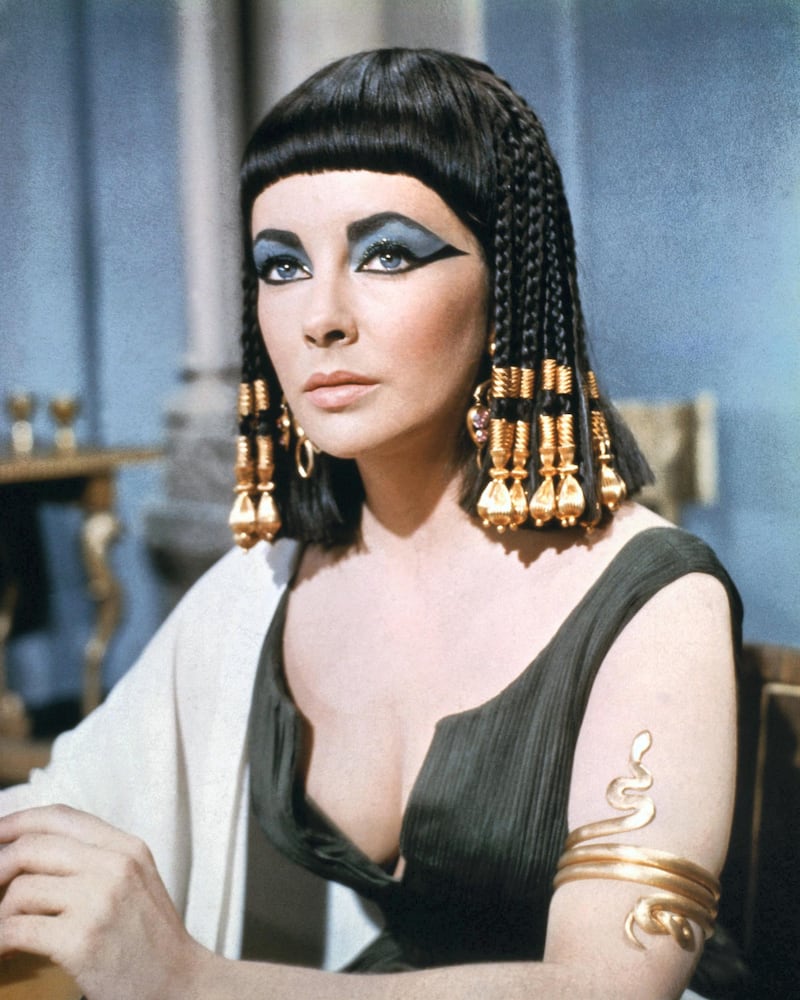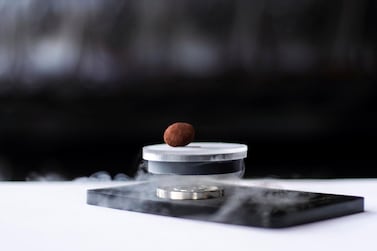There are countless portraits that capture her renowned beauty, but now scientists have also reproduced how the famed Queen Cleopatra VII might have smelled.
The ill-fated monarch, the last ruler of the Ptolemaic Kingdom of Egypt, is likely to have been scented by myrrh, cardamom and cinnamon, according to archaeologists.
A team has devised a fragrance they say could have been worn by the queen herself, after unearthing a perfume bottle during a decade-long dig.
Archaeologists found the artefact in Tell-El Timai, known as Thmuis in Ancient Egypt, in a 300 BC site that is believed to be the home of a perfume merchant.

Though the bottle was uncovered in 2012, the dig's leaders, Robert Littman and Jay Silverstein of the University of Hawaiʻi at Manoa, decided to recreate the residue of the fragrance within for a National Geographic exhibit, held in Washington, D.C until Sunday, September 15.
“What a thrill it is to smell a perfume that no one has smelled for 2,000 years and one which Cleopatra might have worn," said Littman.
The researchers worked with perfume experts Dora Goldsmith and Sean Coughlin to reimagine the scent. Together with analysis of traces found in the ancient clay amphora (a type of jar), the team also worked from ancient texts detailing perfume formulas to create a blend of myrrh, cinnamon, cardamom and olive oil.
"This was the Chanel No. 5 of ancient Egypt," Littman told Atlas Obscura. "It was the most prized perfume of the ancient world."
The reproduced fragrance has a thicker texture than that of modern-day perfumes, more akin to an oil than an eau de parfum.
“I find it very pleasant, though it probably lingers a little longer than modern perfume," said Littman of the scent.
While there's no guarantee the concoction was worn by Cleopatra herself, it is certainly evocative of the scents her subjects would have worn during her reign.
Perfumer Mandy Aftel, who in 2005 recreated her own Ancient Egyptian scent based on samples from a mummy's death mask, refuted claims that the queen would have worn the equivalent of a mass-made fragrance.
"Cleopatra made perfume herself in a personal workshop," said Aftel, according to Atlas Obscura. "People have tried to recreate her perfume, but I don't think anybody knows for sure what she used."
The newly devised scent is not the first of Cleopatra's alleged beauty rituals to be unearthed.
The queen, who according to legend died using an asp's venom after her forces fell to Roman emperor Octavian, is reputed to have taken baths in donkey's milk to soften her skin, according to Hippocrates. The Ancient Egyptians also used kohl to accent their eyes, as well as the pigment from red ochre to stain cheeks and lips a flushed pink.
Honey, used for its antibacterial and hydrating properties, was an ingredient commonly found in surviving beauty formulas uncovered from the era, as was moisturising olive oil.
The perfume based on finding from the Tell-El Timai dig is on display at the Queens of Egypt exhibition by the National Geographic Society in Washington, DC until September 15.







